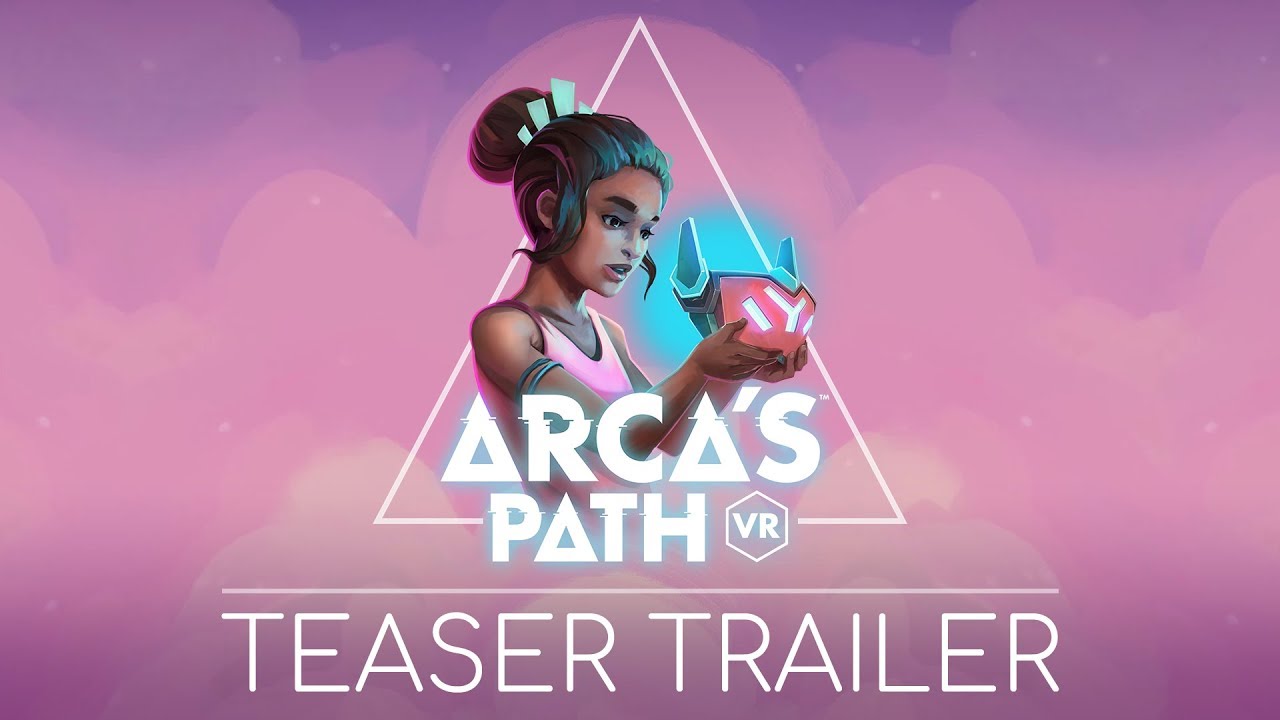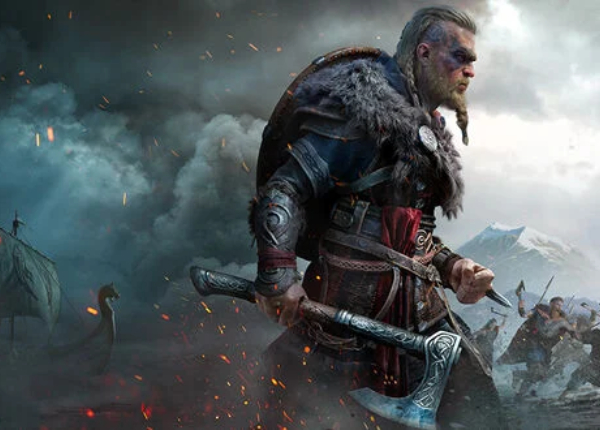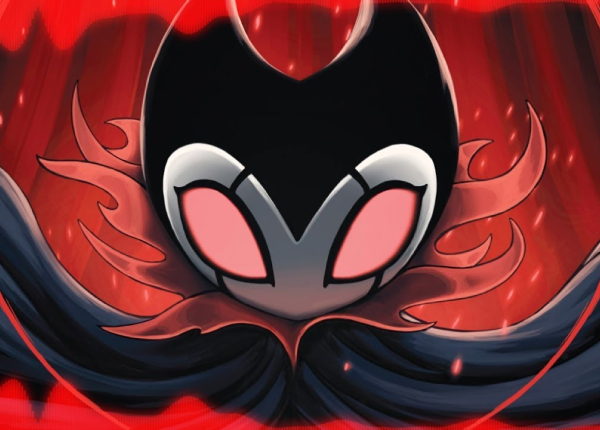Revenant Dogma Review

Developed by EXE-CREATE and published by KEMCO, Revenant Dogma is a Japanese role-playing game in its most traditional sense; something not seen often within the Xbox ecosystem. After being available on the mobile platforms for several years, it has recently been released on the Xbox One, but can a mobile game deliver an adequate experience on Microsoft’s flagship console?
The vast world of Aldora within Revenant Dogma is divided, as two coexisting factions – humans and therians – have gradually come to despise each other ever more. Amidst them are Caine and Julie, part of the Revenant Corps, an elite squad of warriors representing the human race; both are eager to prove themselves to their superior – Premier Lionel — who tasks them with obtaining a Feral Relic, an ancient artefact from the Gods which could improve the human status in the overall hierarchy.
As a brash young man, Caine is impulsive and rarely in control of his own actions, but is deeply motivated by his ailing sister and prepared for anything in her sake. On the other hand, Julie is oppressed by the sense of being a failure and seeks a way of redeeming herself in the eyes of her noble family. Eventually, they are joined by Lilith, a mysterious masked girl strangely drawn towards Caine, but unable to express herself, and Fleon, a therian warrior who possesses all the qualities of a superior leader and insinuates on mating at every given opportunity. These unlikely comrades must join forces in an attempt to once again bring peace to the world they all share.
None of the characters are voiced – aside from the sparse Japanese voice-over during combat — and their interactions are mostly depicted through static scenes of dialogue, which are equally humorous and cringe-worthy. Each character’s dialogue is accompanied by a beautifully colourful portrait. Unfortunately, the same can’t be said about their respective in-game models – and the surrounding environments, for that matter – as characters don’t live up to the visually appealing versions of their hand-drawn counterparts and seem outdated. The story itself unfolds somewhat predictably; there are “surprises” within the narrative, but for whatever reason the game reveals them way too early and thus any potential intrigue is lost.
On their journey, characters can traverse an open overworld populated by various towns and dungeons, but are rarely allowed to deviate from a predefined course making exploration feel overtly linear. Towns vary slightly in terms of visuals, feature the same set of shops to visit and usually an uninspiring sub-quest to follow; they lack interactivity, are inhabited by similar, lifeless residents and quite often have the same music playing in the background. Borders between locales are often unclear and I found myself entering or leaving a location without intending to do so. Dungeons are hardly any better and look analogous after a while – multiple floors of monotonous tunnels with an occasional treasure chest. There is no map in the game whatsoever and, even though dungeons are not very complex, it is often easy to get lost due to every corner looking pretty much the same.
Random encounters occur frequently during exploration and are indicated by the sides of the screen gradually turning red. Characters can be placed in either the front or back row; the ones in the front row will do and take more damage, and vice versa. Likewise, enemies are positioned in rows and ones in the back row can only be hit with ranged attacks. Battles are turn-based and during combat characters can perform basic attacks, cast skills which consume SP, use items, defend and transform. There are several styles available and upon transformation the character’s appearance is altered, attributes are boosted and skills unique to the chosen style become available. Each transformation and its upkeep fill the limit gauge; if the gauge is full, the character goes into a berserk state and can’t be controlled for three turns. This gauge depletes organically through regular combat or by using appropriate items.
Enemies have types; there are beasts, dragons, zombies and many more. There are also the so-called mega monsters, a buffed-up version of a regular monster; only one is fought at any given time and victory awards additional experience points. Occasionally — when striking an enemy with a skill — a burst attack will trigger which prompts the player to press a button before the timer runs out. If successful, the attacking character will perform a random skill without consuming SP, for up to three additional times. For every third victory, characters earn RDP (Revenant Dogma Points) which can be spent on rare items in the shop within the inventory menu or for drawing unique weapons from the Armament Spring. Weapons obtained in this manner are exceedingly powerful and their attributes are determined by the overall plot-progression. Lastly, points can also be used to fully revive the party and restore their health should the unthinkable ever happen.
Here’s the kicker – the unthinkable seldom happens – because encounters are stupidly easy, I rarely found myself resorting to anything but the most basic of attacks, even during boss battles. This could be rectified by switching to a higher difficulty option, but any game should be at least somewhat challenging on a regular difficulty. There is, however, an exception – Ethereal Est.
Ethereal Est is a parallel world which can be accessed from any town via a portal. This portal leads to a hub area containing entrances to four increasingly difficult dungeons. For a small fee, the party can access a randomly generated dungeon and attempt to clear as many floors as possible. Monsters in these dungeons are much tougher than outside and they become even more formidable with each consecutive floor. Along the way, it is possible to find unique unappraised weapons only available in these dungeons and bring them back, but each weapon must be appraised first. Some floors contain guild members who can appraise weapons and once it’s done, the weapon can either be brought back or handed over to a courier who will return with it to the hub area; the party of characters can only return with one weapon at a time. All weapons can be either reinforced or disenchanted in towns. Disenchanted weapons are destroyed and produce valuable ore which can then be used to improve an existing weapon, providing it with beneficial properties. Albeit not too original, Ethereal Est is by far the most engaging activity in the game, which can likely take dozens of hours to complete.
Revenant Dogma isn’t a bad game; it features some entertaining conversations and finding new, rare weapons in Ethereal Est dungeons can be a blast. Everything else, however, including its predictable storyline, dull environments and needlessly simplistic combat, feels average, and there are far better options in the RPG genre – even at this price point.
Developed by EXE-CREATE and published by KEMCO, Revenant Dogma is a Japanese role-playing game in its most traditional sense; something not seen often within the Xbox ecosystem. After being available on the mobile platforms for several years, it has recently been released on the Xbox One, but can a mobile game deliver an adequate experience on Microsoft’s flagship console? The vast world of Aldora within Revenant Dogma is divided, as two coexisting factions – humans and therians – have gradually come to despise each other ever more. Amidst them are Caine and Julie, part of the Revenant Corps, an elite…
Revenant Dogma Review
Revenant Dogma Review
2018-09-21
Edgar Wulf
Pros:
- Amusing dialogue
- Ethereal Est dungeons
Cons:
- Dull environments
- Predictable plot
- Random encounters
Info:
- Massive thanks to – KEMCO
- Formats – Xbox One (Review), PC, iOS, Android
- Release date – September 2018
- Price – £12.49
TXH Score
3/5
Pros:
- Amusing dialogue
- Ethereal Est dungeons
Cons:
- Dull environments
- Predictable plot
- Random encounters
Info:
- Massive thanks to – KEMCO
- Formats – Xbox One (Review), PC, iOS, Android
- Release date – September 2018
- Price – £12.49
[ad_2]
Source link









